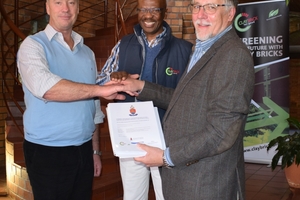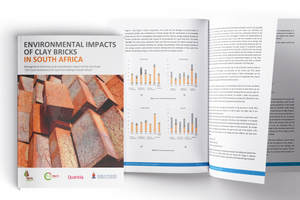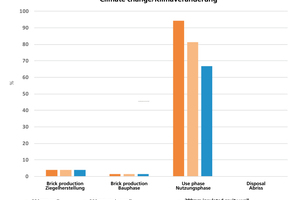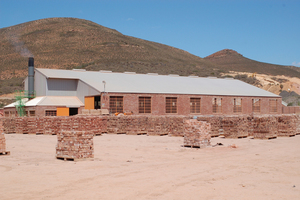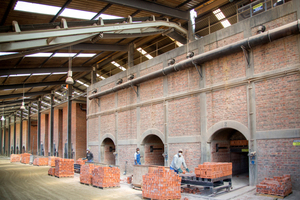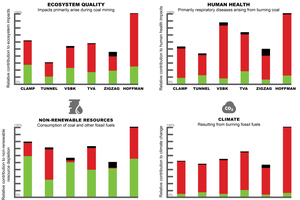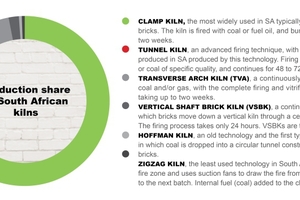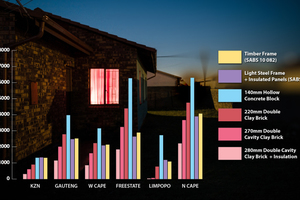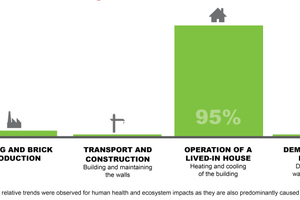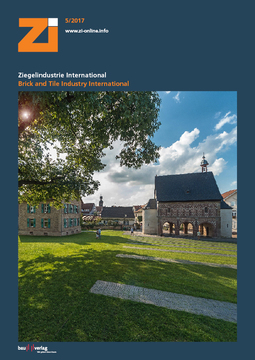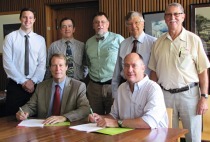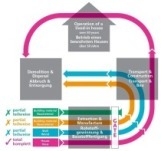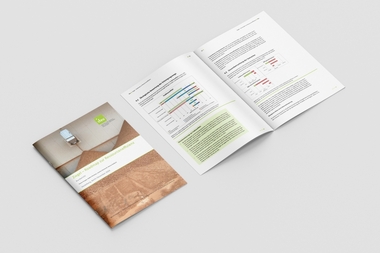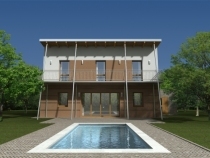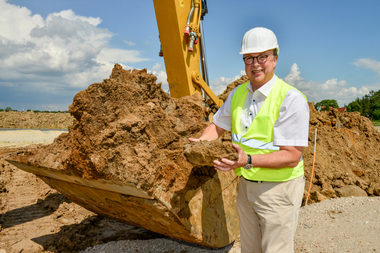Clay bricks – a star performer in sustainability
A first step towards improving the sustainability of building materials is to understand the extent and source of the environmental and socio-economic impacts. It was with this intention that the Clay Brick Association of Southern Africa embarked on a four-year project to complete South Africa’s first industry-wide Life Cycle Assessment (LCA).
1 Life Cycle Assessment
An LCA quantifies the resources consumed and emissions produced over the product’s entire life cycle and then assesses the impact of this on specific environmental aspects such as human health, climate change and damage to ecosystems.
It allows property developers and building owners to make fact-based decisions in the context of building and operating sustainable, energy-efficient green buildings.
The South African clay brick industry Life Cycle Assessment:
Calculates the resources consumed and emissions produced over the entire life cycle of clay brick
Assesses the impact...

